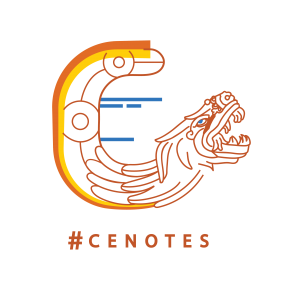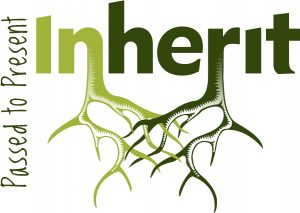Yucatec Cenotes Project
| InHerit and the Research Laboratories of Archaeology at UNC are excited to be partnering with the National Geographic Society, who awarded InHerit a grant for the Cultural Heritage, Ecology, and Conservation of Yucatec Cenotes Project. Cenotes are natural sinkholes formed when the porous limestone bedrock of the Yucatán Peninsula collapses, exposing the vast underground river system beneath and creating unique cavern-like habitats with deep, fresh water pools. Among the most distinctive and beautiful geological and cultural landscape features of the Maya world, these natural wells are of fundamental importance in the cultural and natural history of the region. Cenotes have served as the primary source of cool, fresh water for Maya communities well into the 20th century and as sacred pilgrimage sites for centuries. Today many cenotes are important recreational sites that contribute to the tourist economy. |
 |
Students also studied biology and chemistry by testing water quality in nearby cenotes, uploading their results to an international online database as part of the EarthEcho Water Challenge, a program sponsored by the non-profit EarthEcho International to promote monitoring and protection of water sources worldwide.
Left: Students conducted water quality testing in Xocen, Yucatán. |
| One of the most exiting activities for the kids on this project has been working with OpenROV Tridents, which are submersible, remotely operated drones designed to explore underwater environments. About the size of a large shoebox, the students work in teams to navigate the drones using a JXD s192k gaming-style controller. They record basic data about depth, pressure, and water conditions in the cenotes and shoot digital footage of the geology and marine life below the surface.
Right: A student releases an underwater drone into Cenote Yax Ek’ in Kaua, Yucatán. |
 |
| These are just a few examples of cenotes-related activities that teachers and students from these Maya communities can take from this project and continue to refine and build upon for the future. Among the participating schools, some students are already organizing extracurricular cenotes clubs with activities such as cenote clean-ups and oral history projects incorporated into the community’s Day of the Dead celebrations. As part of the next phase of the project, team members at the RLA and UNO are collaborating on a workbook that compiles curriculum resources for teachers about the geology, history, archaeology, science, and ecology of cenotes that, once published, can be easily integrated into lesson plans. Ultimately, we hope the Cultural Heritage, Ecology, and Conservation of Yucatec Cenotes Project stands as an example of how heritage, archaeology, and education intersect and may be applied to global challenges we face today. |
| To learn more about this project, follow our National Geographic Open Explorer Expedition and check out recent issues of the InHerit newsletter available at in-herit.org. |
 |




